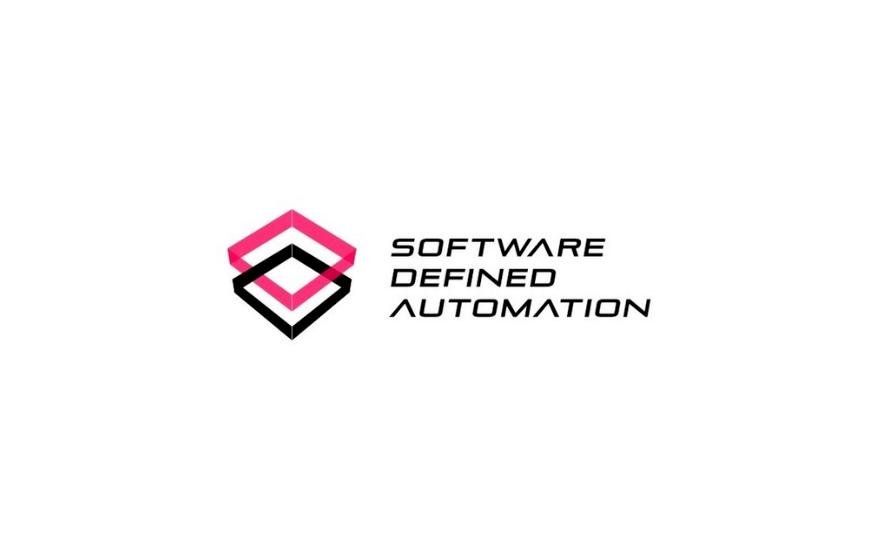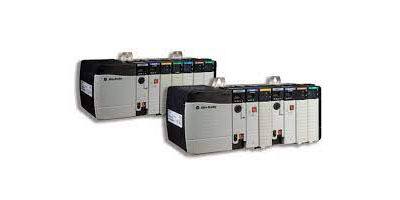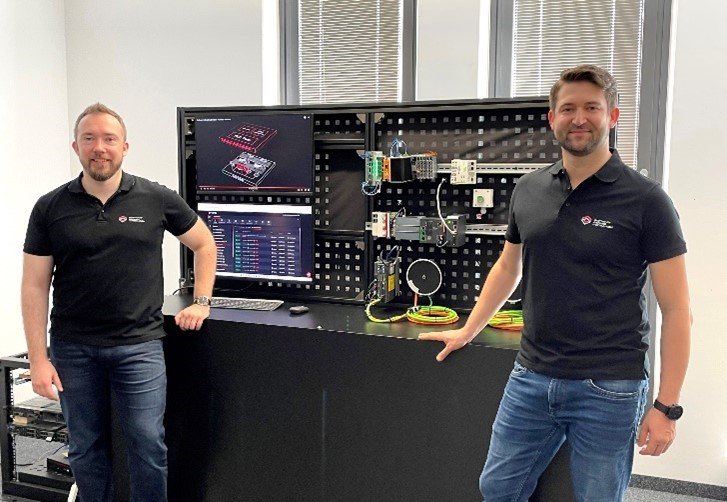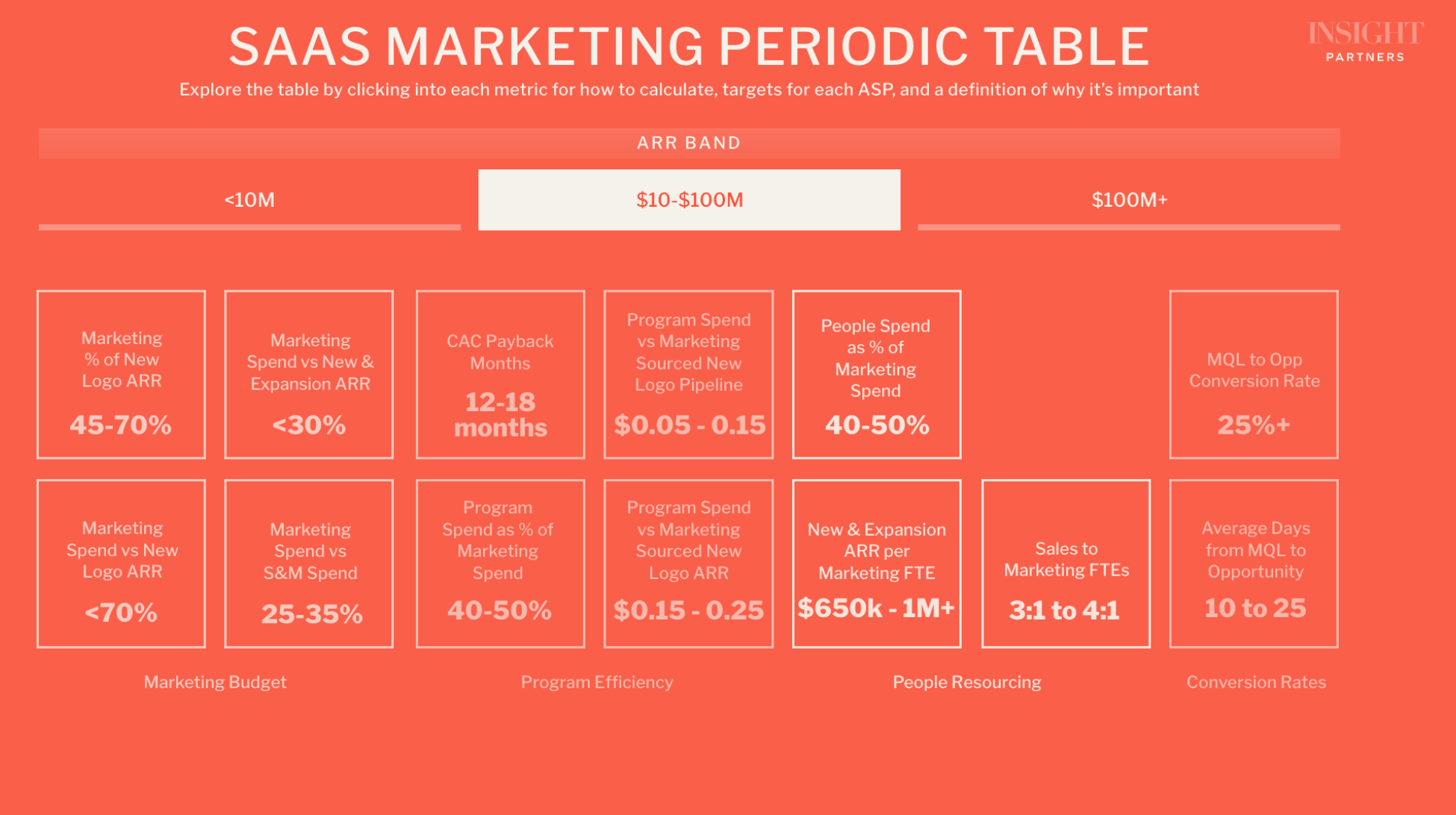Behind the Investment- Software Defined Automation: Bringing Industrial DevOps into the 21st Century

The demand for developer operations (or “DevOps”) tooling stems from a logical sequence of events. The world’s savviest businesses know they need to wield software to win in their respective markets. This has led to an increase in demand for both internally built and externally-procured software solutions. This demand leads to a situation where a limited supply of technical talent craves increases in efficiency in how software is developed and deployed. Thus, infrastructure software to build software is in itself the most in-demand category of software there is – https://filerecoverysoftwares.com/.
So, DevOps has rapidly emerged to address this major imbalance, and has brought new levels of efficiency and efficacy to modern software engineering. This trend elevated the importance of developer-friendly solutions, particularly these developers are self-selecting which tools they use to build and deploy software. Insight Partners has been at the forefront of backing DevOps vendors born on the back of these trends, such as Postman for API creation and management, LaunchDarkly for feature flagging, JFrog for artifact management, and dozens of others.
And yet, not all software is created in the same way, and not all forms of developers have benefited from these trends. Take a walk through any manufacturing or assembly line, and you’ll be confronted with a very different reality of how software is built. Where Netflix engineers might leverage GitHub for code versioning and collaboration, industrial automation engineers carry around USB sticks loaded up with their code. Where Amazon engineers leverage CI:CD to continually deploy updates for cloud-hosted applications, their industrial counterparts have to pause production to directly deploy code onto hardware via LAN cables. The seemingly tablestakes concepts of developer collaboration, code security, code quality analysis, centralized push requests, etc. simply have not been propagated in the industrial context so far. Why is the industrial Software Development Lifecycle (SDLC) so clearly lagging behind modern best practices?
While the answer to this question has many nuances, perhaps the most important obstacle has been the unique physical infrastructure powering production lines. Nearly all electromechanical movements on production lines are run on physical “programmable logic controllers,” or “PLCs.” These are highly specialized physical computers that push repetitive commands to machinery and dictate their every motion. These PLCs are extremely reliable despite relying on low-level compute power and functionality, and they are built to operate for decades without downtime or human intervention.

Allen Bradley programmable logic controller
These PLCs can cost up to tens of thousands of dollars, and in the current market environment are backlogged for many months due to massive chip supply chain breakdowns. Code is written in one of several common programming languages unique to industrial software, and it then runs locally after being deployed directly on these devices via LAN cables. There is no industrial GitHub equivalent supporting these languages. And unlike with cloud-hosted software, there is no centralized way of deploying applications remotely onto the PLCs.
This hardware dependency precludes industrial automation engineers from self-procuring developer tooling. Layered on top of the hardware obstacle are immense risks around security (e.g., hacking of production lines) or operations disruptions (e.g., applications crashing and forcing a pause in production) which are top of mind for IT leadership.
Industrial automation is widely-recognized as broken for all these reasons, yet the fundamental problems have remained unsolved for decades. Certain point solutions have emerged over the years to help industrial engineers manage and collaborate on their code, but adoption is nascent and they don’t address the fundamental problem: the industry is reliant on physical, siloed PLCs.
Software Defined Automation is bringing a new paradigm to the industrial SDLC
Enter Software Defined Automation. When we first met Josef and Axel, it was clear that they were the right founders to bring modern DevOps to the industrial environment. With senior engineering leadership experience in the industrial-focused teams at Microsoft and Amazon Web Services, as well as a combined 15+ years at Siemens, they intimately understand the nuances of this challenging problem space from both the next-gen cloud and industrial experiences.

Josef and Axel, co-founders of Software Defined Automation
Josef and Axel recognized that the underlying infrastructure problem around PLC dependencies must be solved to bring agility and flexibility to factories, so they are pioneering the concept of virtualized PLCs. “vPLCs” are industrial real-time control software workloads running on virtual machines, enabling instant provisioning, real-time performance monitoring, remote code deployment, and much more.
Virtualizing the PLC is already a hard and meaningful challenge, but the vision of the team goes much further. The SDA team sees this virtualized infrastructure layer as the core platform upon which to build a whole suite of DevOps and TechOps tooling, including code versioning, developer collaboration and cloud-based management of conventional and virtual PLCs. By solving the fundamental “PLC dependency” problem, they are unlocking what Insight believes to be a huge TAM for DevOps and TechOps in one of the largest and most complex markets in the world. In essence, SDA is equipping factories with modern end-to-end PLC lifecycle management tools.
Ultimately, the winner in this market will be much more than an infrastructure product or developer tool. It will be a single end-to-end platform that marries both, enabling not only independence from physical PLCs, but also a broad suite of DevOps and TechOps tooling tailored specifically for industrial automation. It was clear when speaking with SDA customers and market experts that they are combining the right value prop and team at the right time. We are thrilled to be backing this future category leader on their journey to bring industrial DevOps into the 21st Century and beyond.






